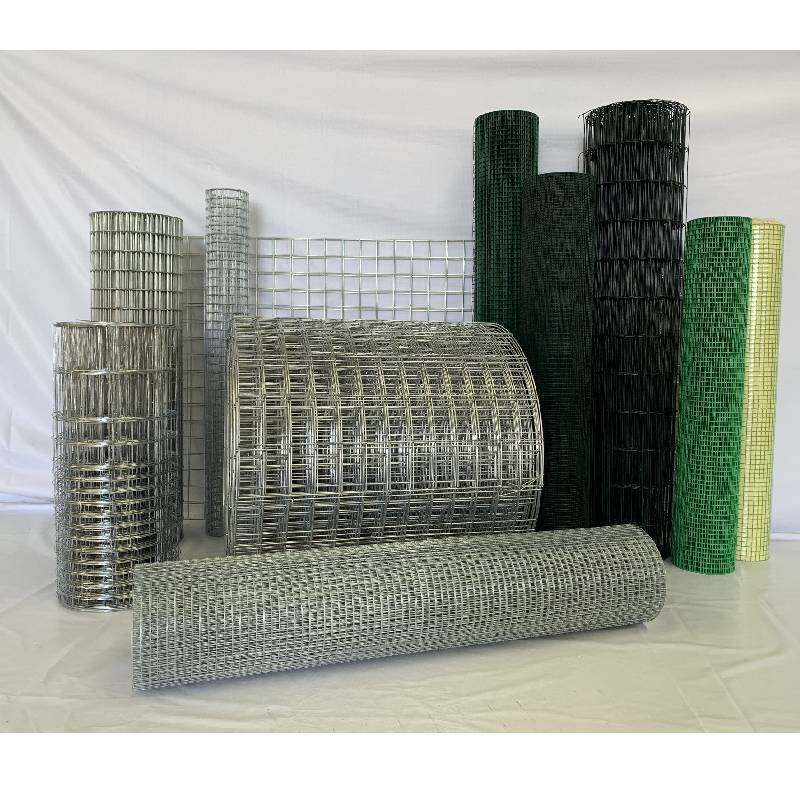Versatile Uses of 3-Inch Common Nails for Home Improvement and Construction Projects
Understanding Common Nails The Unsung Heroes of Construction
When it comes to construction and carpentry, many tools and materials spring to mind, but few are as foundational and ubiquitous as the common nail. Often overlooked, the common nail is an essential component in the toolkit of builders, woodworkers, and DIY enthusiasts alike. This article delves into the features, uses, and varieties of common nails, highlighting their significance in various applications.
What is a Common Nail?
A common nail is typically a thick, large-headed nail designed for fastening wood and other materials together. Commonly made from steel, these nails provide strength and durability, making them suitable for a wide range of tasks. Usually measuring between 1 inch to 6 inches in length, common nails come in various diameters designated by gauges. The larger the gauge number, the thinner the nail, with common nails usually being of a lower gauge, providing the sturdiness needed for heavy-duty applications.
Features of Common Nails
The design of a common nail plays a crucial role in its functionality. The large head of a common nail allows for a strong grip and helps prevent the nail from being driven completely through the material. Its tapered body facilitates easy driving into wood, while also offering resistance against withdrawal, making it effective for joining pieces together. Most common nails are smooth or have a slight texture to enhance grip during driving, and their rust-resistant coatings help to prolong their longevity, especially in outdoor applications.
Applications of Common Nails
3'' common nails

Common nails are predominantly used in framing, roofing, and general construction projects. Their strength makes them ideal for structural applications, such as building walls and roofs. In addition to heavy-duty constructions, they are also employed in simpler tasks such as assembling furniture, crafting wooden boxes, and performing home repairs.
Moreover, common nails can also be used in conjunction with other fasteners, such as screws and staples, to provide additional stability to a structure. Whether it’s securing wooden beams in a house or attaching flooring, the roles of common nails are varied and vital.
Types and Variations
While common nails typically refers to the standard, large-headed nails used in construction, they come in various classifications suited for specific purposes. For example, finishing nails, which are smaller with a smaller head, are used in situations where appearance matters, as they can be driven in below the wood surface and filled over. Galvanized nails are coated with zinc to resist rust, making them ideal for outdoor projects. Specialty nails, like ring-shank or spiral-shank nails, offer enhanced holding power and are particularly useful for materials susceptible to movement, such as decking.
Conclusion
In summary, common nails may be small and unassuming, but they play a pivotal role in the construction and woodworking industries. They provide essential strength and stability to many projects, ensuring that structures remain intact over time. Understanding their features, uses, and variations can help individuals choose the appropriate type for their specific needs, leading to successful and durable constructions. The next time you drive a common nail into a project, remember that you’re engaging in a long tradition of craftsmanship that has built everything from simple furniture to towering skyscrapers. With this knowledge, you can appreciate the significance of these unsung heroes of construction a little more every time you wield a hammer.
-
Space-Saving Chain Fence Hacks Vertical Gardening with Cyclone MeshNewsJul.16,2025
-
Innovations in Iron Nail Wire Production for Modern ConstructionNewsJul.16,2025
-
Creative Uses of Wire Netting Fence in Modern Landscape DesignNewsJul.16,2025
-
Barbed Wire Fence Innovations in Anti-Climb TechnologyNewsJul.16,2025
-
Architectural Uses of Umbrella Nails for Aesthetic Roof DesignsNewsJul.16,2025
-
Architectural Uses of Razor Barbed Wire in Secure Urban DesignNewsJul.16,2025




